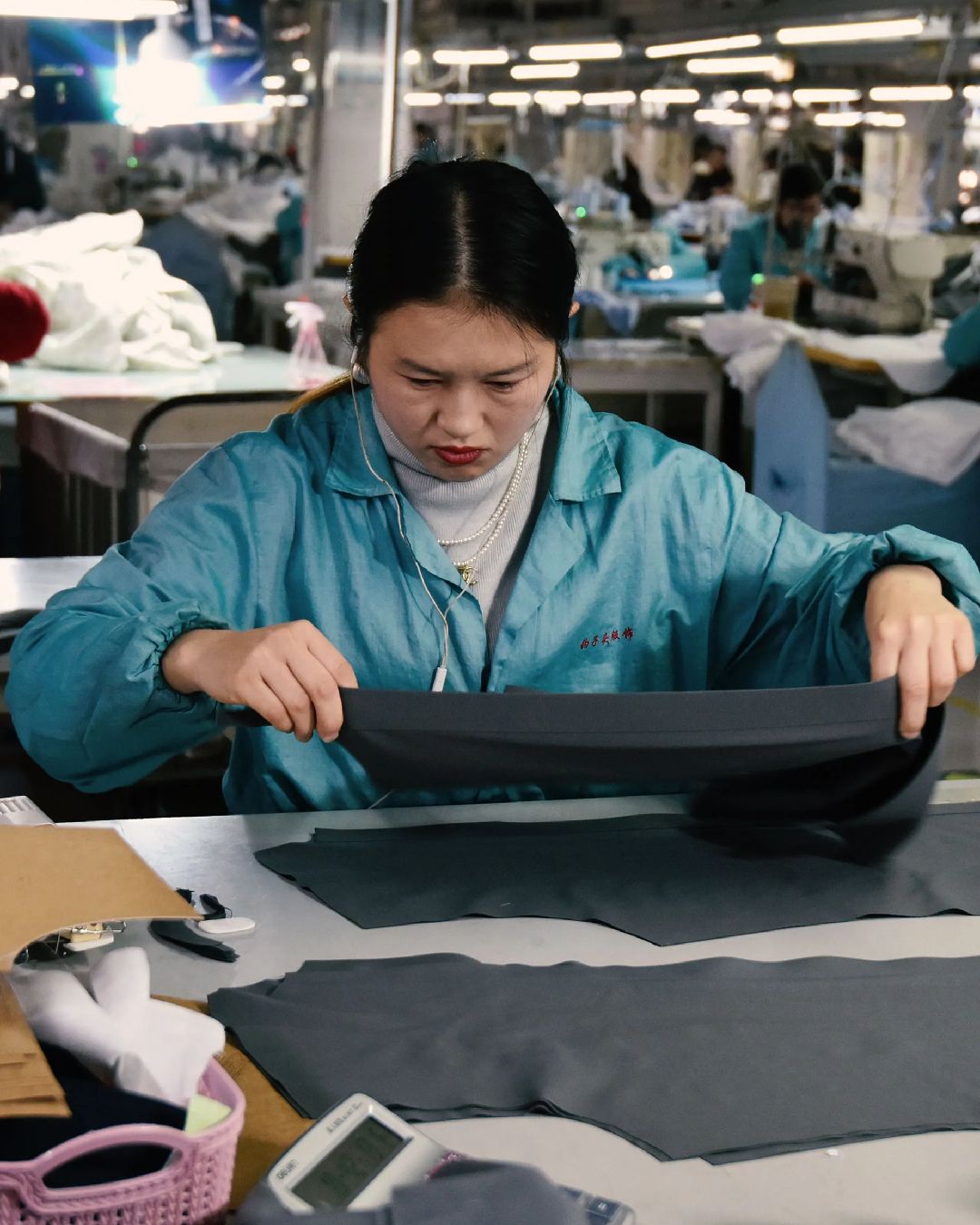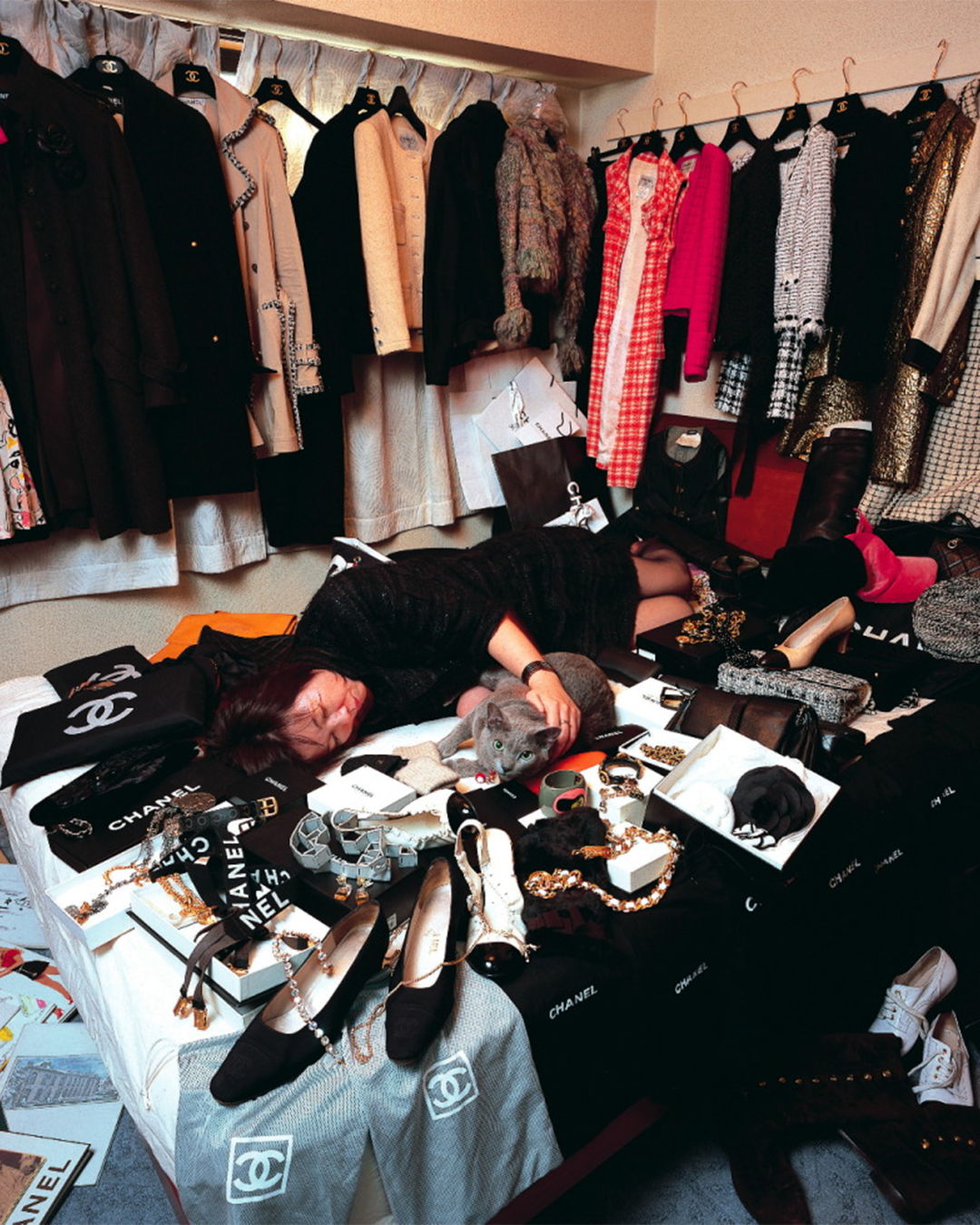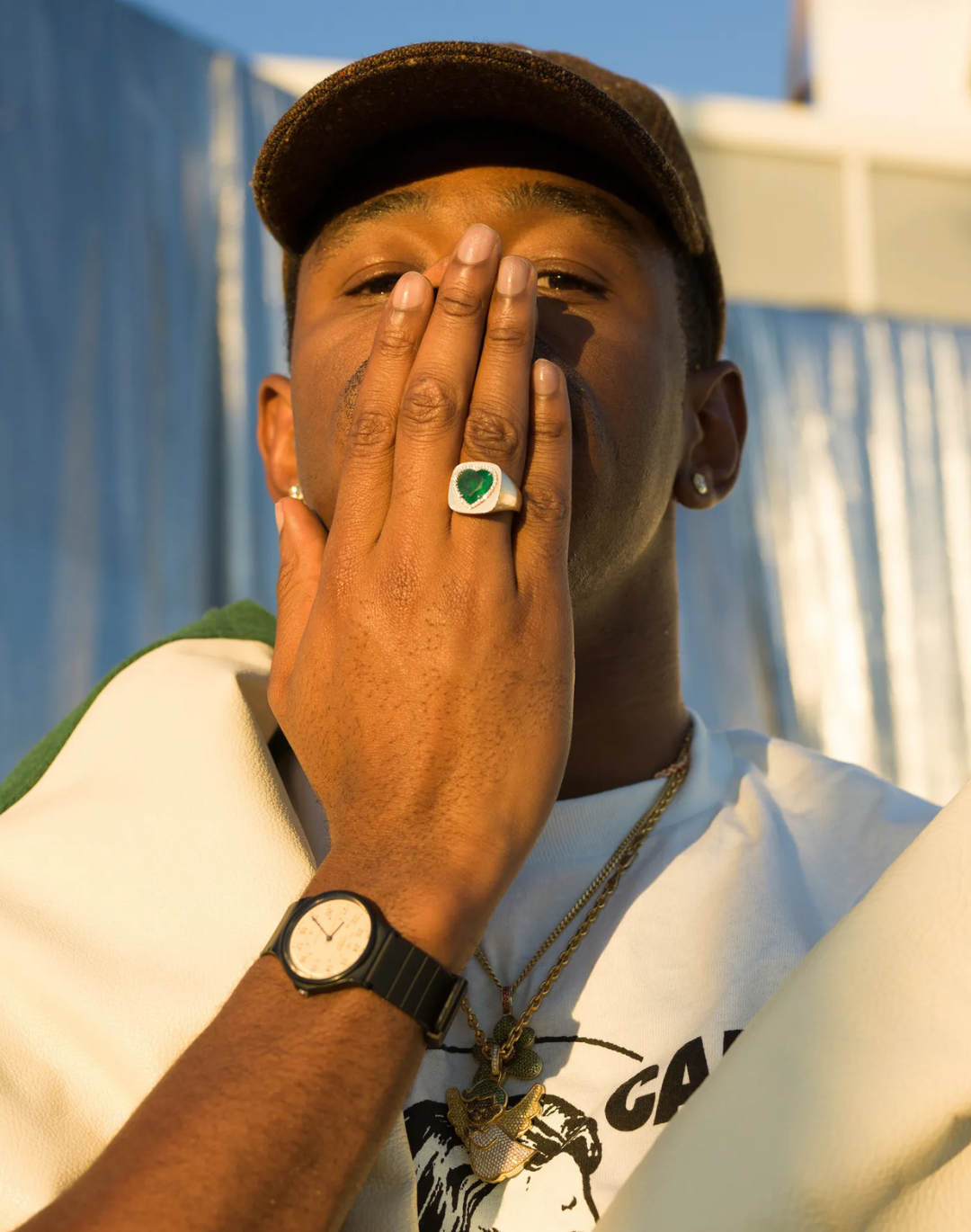
The geopolitics of luxury are changing Between US at risk of recession, disappointing China and new horizons
Now that we have officially entered the post-pandemic thaw of fashion sales, we can draw some initial conclusions about the luxury market in a complex historical period, marked by high expectations that are not always reconcilable with advancing inflation. Richemont shares declined after the Swiss manufacturer reported unexpected losses in the USA, raising concerns about how weak the US market might become in the short term. The owner of Cartier stated last Monday that revenues in the US decreased by 2% on a constant-currency basis in the quarter ending in June, despite an overall 19% growth in sales. Similarly, Burberry's first-quarter sales were down in the key US market, where demand from aspirational consumers has softened, with an 8% decline in sales in American stores. In light of the collected data, the geopolitics of luxury are changing drastically, with a growing focus on the East, but China is no longer leading the way.
In fact, although the luxury goods industry is relying on a recovery in China to counter a decline in the United States (which is increasingly at risk of recession), the recovery is not meeting expectations. The country reported slower-than-expected economic growth, with signs of a slowdown in consumer spending and a youth unemployment rate above 20%. According to specialists, the global luxury market is expected to grow between 5% and 12% in 2023, and demand appears to be gaining momentum in the post-pandemic era. According to a new report by management consultancy Bain and Italian luxury association Altagamma, there is a paradigm shift happening in countries that have traditionally been driving forces for the industry. The market is expected to reach a value between €360 billion and €380 billion this year, compared to €345 billion in 2022, but in terms of geography, growth will come from Asia and Europe, while the US slowdown is expected to continue due to rising inflation rates and persistent recession.
Goldman Sachs chief economist Jan Hatzius:
— Nick Timiraos (@NickTimiraos) July 17, 2023
"We are cutting our probability that a US recession will start in the next 12 months" to 20% from 25%.
"The recent data have reinforced our confidence that bringing inflation down to an acceptable level will not require a recession." pic.twitter.com/DYInbxCf1H
The report notes that mainland China is "on the road to recovery" following last year's lockdowns, with Hong Kong and Macau, key destinations for Chinese tourists, experiencing a significant acceleration in luxury spending after reopening to the mainland. Japan is the true "rising star", with local customers consistently and loyally spending on luxury goods. Europe, on the other hand, has shown surprising resilience in the first quarter of 2023, but it is expected to face a "moment of truth" as the influx of American and Middle Eastern tourists decreases, which could impact its performance in the second half of the year. In Europe, tourism is still driving the sector, while prospects for emerging powers such as India, Korea, and Brazil point to growth that goes beyond seasonality, destined to change the luxury market as we know it.















































